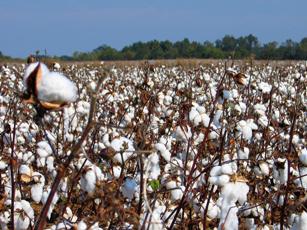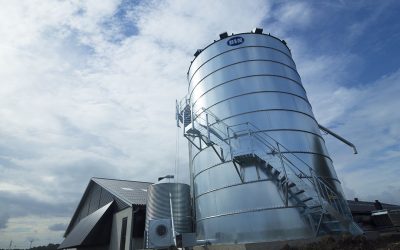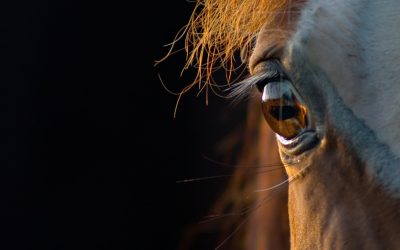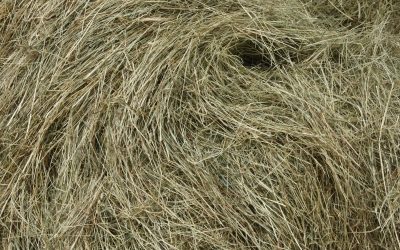Cotton as potential hay substitute

The search for hay substitutes has led some to consider cotton residues as a potential supplement for other animal feeds. Dr. Tyron Wickersham of Texas AgriLife Research, a nutrition scientist at Texas A&M University analysed the feed potential of cotton.
Cotton is treated with pesticides and defoliants before it is harvested, and hence is under restrictions prior to its release for consumption.
The question was whether the chemcial pre-treatment affected the cotton residue’s nutritional value.
Dr. Wickersham of Texas A&M University found that cotton residue can be given to livestock with some precautions.
A far better nutritional option is giving the whole cotton plant for consumption. There is more crude protein in cotton plants than in the commonly used hays.
The cotton seed gives the feed a high fat content, higher than what would normally be given to cattle, and some scouring may occur, Wickersham said.
Dr. Wickersham and his colleagues plan to continue their research on feed cotton.











